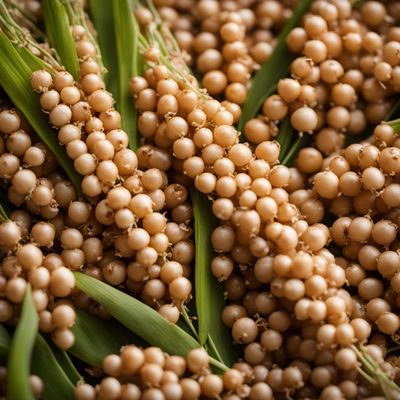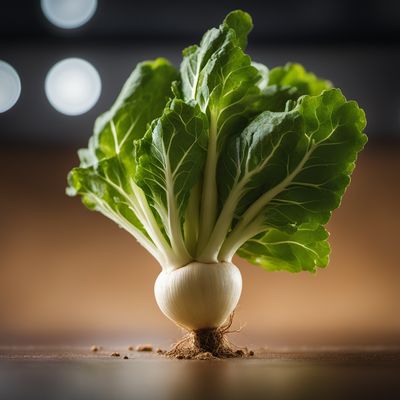
Ingredient
Molasses
The Sweet Nectar
Molasses is a viscous, dark brown syrup with a robust, bittersweet flavor. It has a thick, sticky consistency and a distinctive aroma reminiscent of caramel and burnt sugar. The texture is smooth and velvety, making it ideal for incorporating into baked goods, marinades, and sauces. Molasses ranges in color and flavor intensity, with light molasses being milder and dark molasses having a more pronounced taste.
Origins and history
Molasses has a long history dating back to ancient times. It was first produced in India and quickly spread to other parts of the world, including the Middle East, Europe, and the Americas. Molasses played a significant role in the sugar trade and was a staple ingredient in traditional recipes. Today, it is widely used in various cuisines around the globe.
Nutritional information
Molasses is a good source of iron, calcium, magnesium, and potassium. It also contains antioxidants and small amounts of B vitamins. However, it is high in sugar and calories, so it should be consumed in moderation.
Allergens
There are no known allergens associated with molasses.
How to select
When selecting molasses, opt for organic or unsulfured varieties, as they are free from chemical additives. Look for a dark, thick syrup with a strong aroma. Avoid molasses that appears watery or has a metallic taste, as it may be of lower quality.
Storage recommendations
To keep molasses fresh and prevent crystallization, store it in a cool, dark place in an airtight container. Avoid exposing it to direct sunlight or extreme temperatures. If the molasses hardens or crystallizes, you can gently warm it in a water bath to restore its original consistency.
How to produce
Molasses is produced through the process of refining sugarcane or sugar beets. It involves extracting the juice from the plants, boiling it down to remove the water content, and then separating the sugar crystals from the remaining syrup. The syrup is further concentrated to produce molasses.
Preparation tips
Molasses can be used in a variety of sweet and savory dishes. It is commonly used in baking to add moisture, sweetness, and depth of flavor to cookies, cakes, and bread. It is also a key ingredient in barbecue sauces, marinades, and glazes, providing a rich, caramelized taste. Additionally, molasses can be used as a natural sweetener in beverages, such as hot toddies or gingerbread lattes.
Culinary uses
Molasses is widely used in American, Caribbean, and Middle Eastern cuisines. It is a key ingredient in dishes like gingerbread, baked beans, and rum cake. In the United States, molasses is particularly associated with Southern cooking and is used in classics like pecan pie and sweet potato casserole.
Availability
Molasses is commonly available in most grocery stores and supermarkets worldwide. It is also produced in countries with a significant sugarcane or sugar beet industry, such as Brazil, India, the United States, and Australia.
More ingredients from this category
Recipes using Molasses » Browse all

North Carolina-Style Pulled Pork with Tangy Apple Slaw
Smoky Pulled Pork with Zesty Apple Slaw: A Northern European Twist on North Carolina Barbecue

Latvian Rye Bread
Hearty Harvest: Latvian Rye Bread Recipe
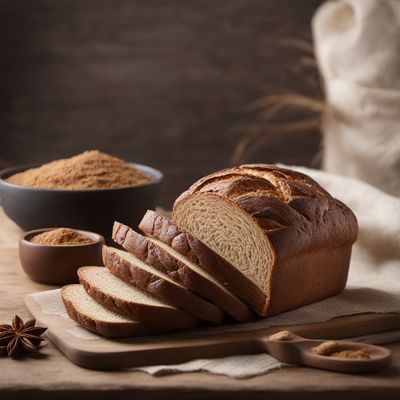
Hessian-style Limppu Bread
Hearty Rye Bread with a Hessian Twist
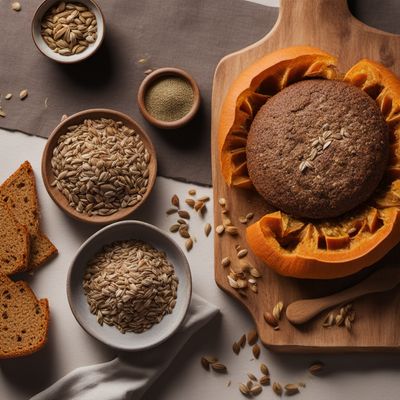
Aromanian-inspired Rugbrød
Savory Aromanian Rye Bread: A Hearty Delight
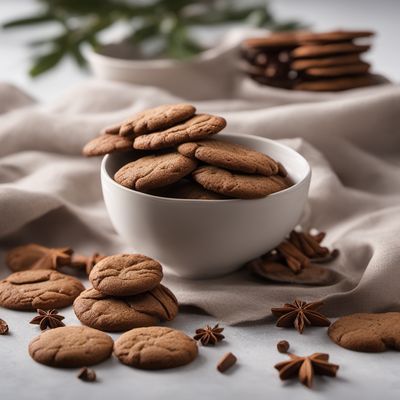
Bangladeshi Spiced Gingerbread Cookies
Gingerbread Delights: A Spiced Twist from Bangladesh
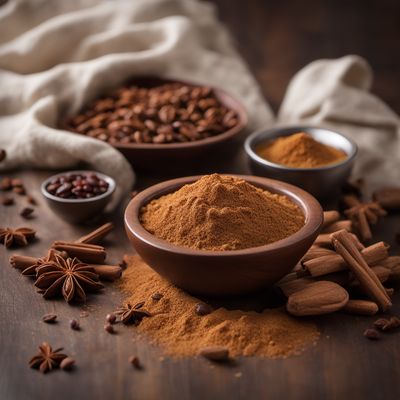
Levantine Spiced Ginger Nuts
Zesty Levantine Ginger Nuts: A Spicy Twist on a Classic Treat
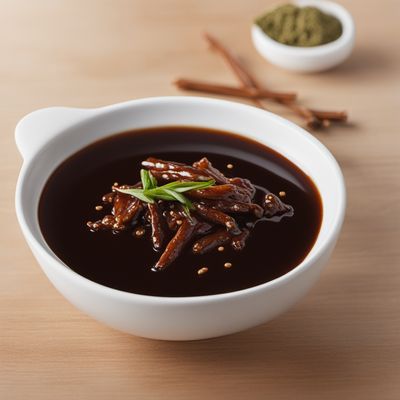
Homemade Hoisin Sauce
Savory and Sweet: Homemade Hoisin Sauce Recipe

Homemade German Pumpernickel Bread
Hearty Rye Delight: Homemade German Pumpernickel Bread
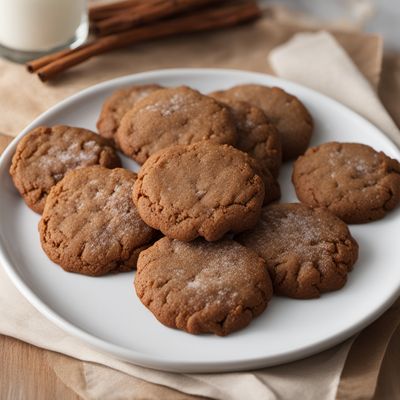
West Indian Spiced Taai-Taai Cookies
Caribbean Spice Delight: West Indian Taai-Taai Cookies

Jamaican Spiced Bun Recipe
Caribbean Delight: Jamaican Spiced Bun

Pan de Pascua - Chilean Christmas Fruitcake
Festive Delight: A Taste of Chilean Christmas in Every Bite
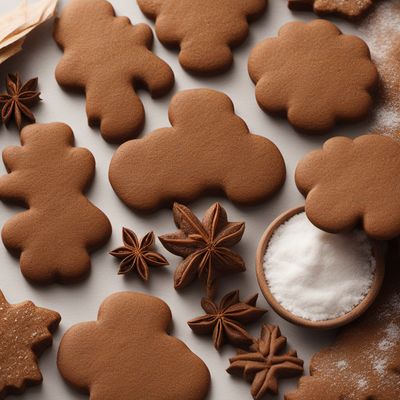
Southern Spiced Gingerbread Cookies
Spicy Sweet Delights: Southern Spiced Gingerbread Cookies

